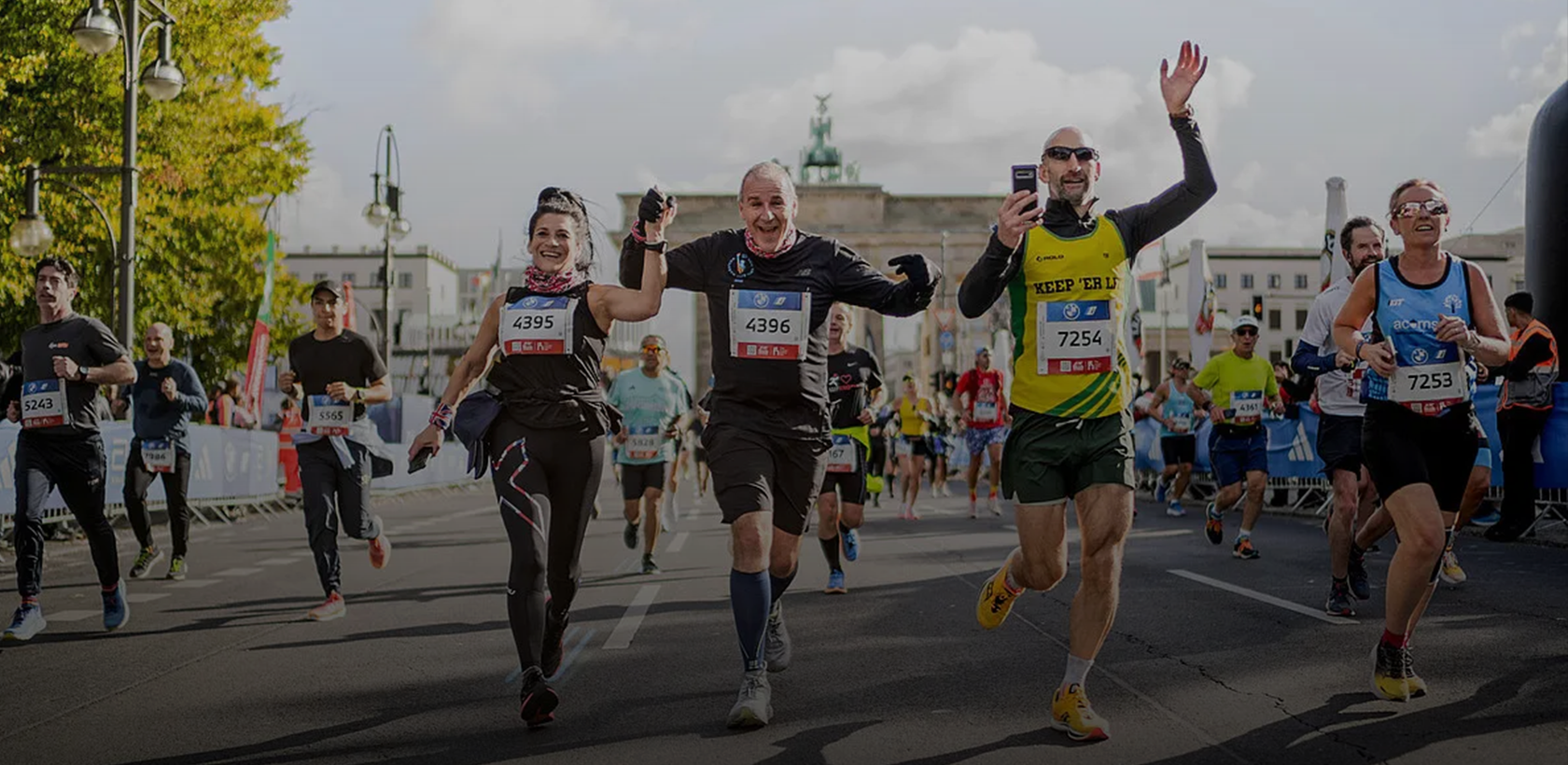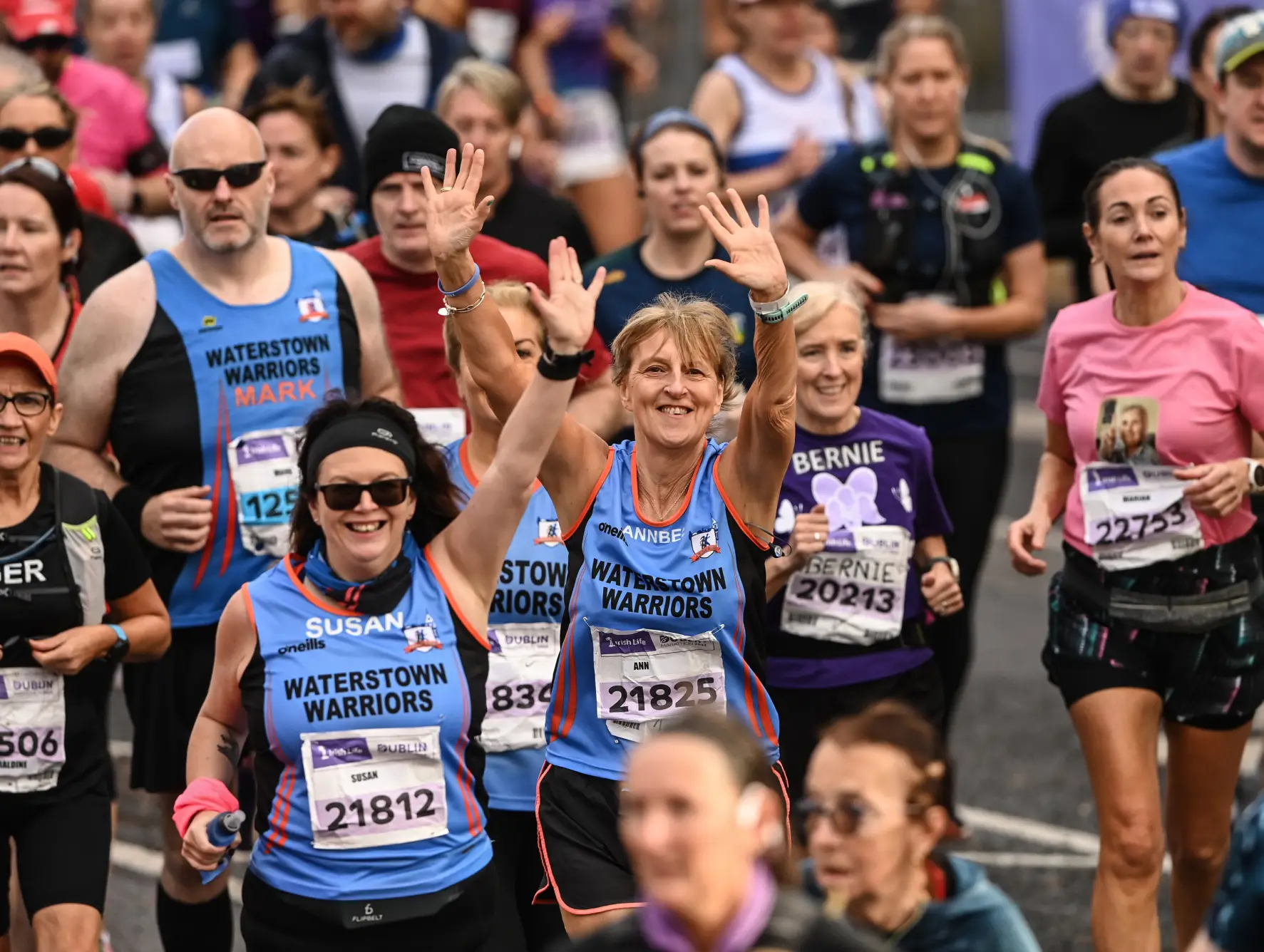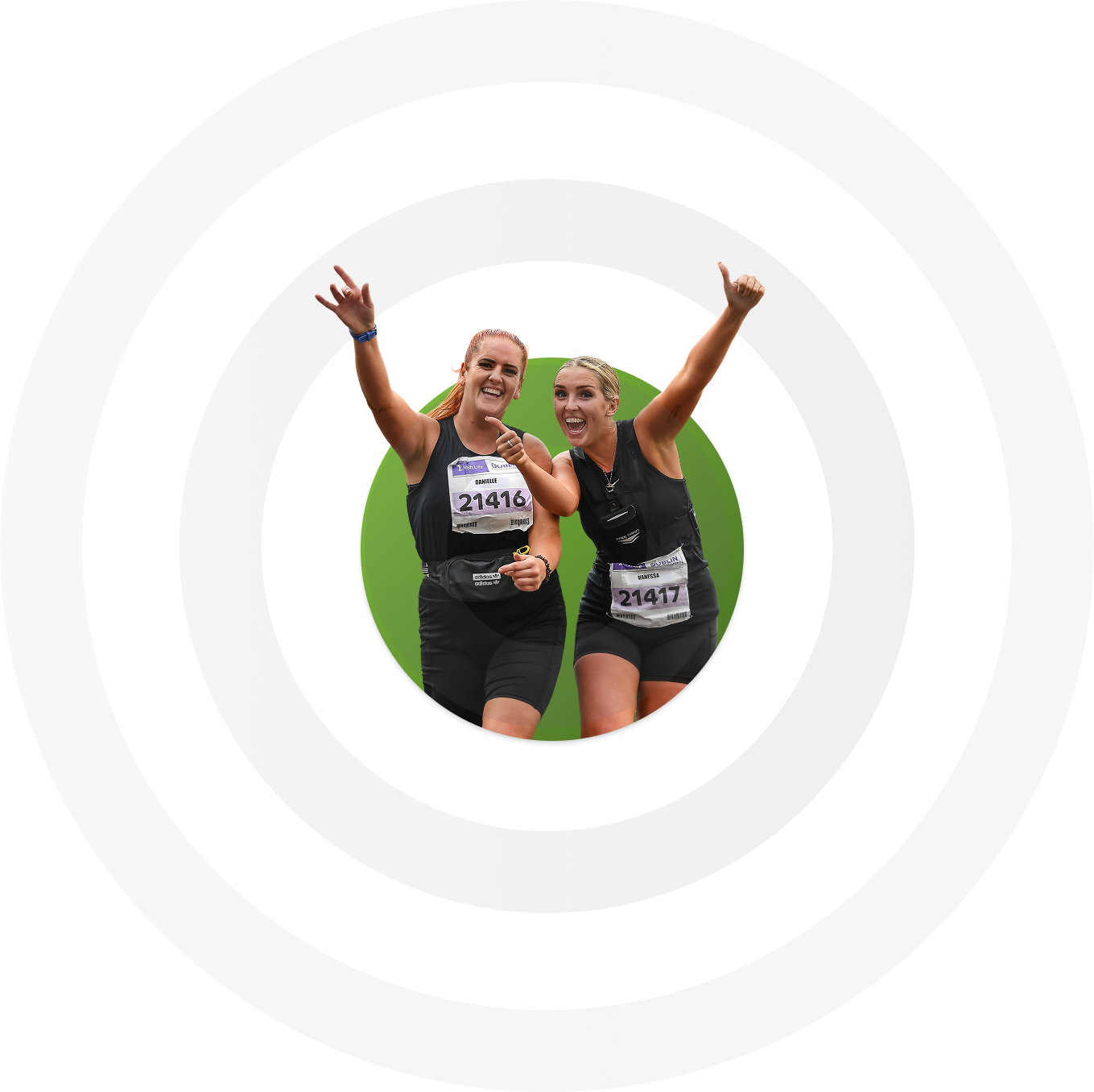Priyanka explains more about how overtraining syndrome (OTS) affected her preparations for this year’s Virgin Money London Marathon.
“I work for a cancer prevention charity, World Cancer Research Fund (WCRF), as an Events Fundraising Manager. This means that part of my job involves supporting incredible people who have been affected by cancer and have committed to take part in a challenge to raise money for WCRF’s vital work. This year I decided I would join them.

I love to run, so signing up for the Virgin Money London Marathon to raise money for WCRF was an easy decision for me. However, mid-way through training for it, I found out that I had overtraining syndrome (OTS.) I had been noticing some of the symptoms for a few weeks but since I had never heard of OTS I didn’t put two and two together. That is until I started crying during the last two or three miles of my 18-mile run.
I felt really emotional towards the end of the run, which is not like me, my legs felt like lead, and when I started crying I felt awful and knew something was up. When I mentioned this to a runner friend, he pointed me in the direction of OTS which I did some research on. The symptoms can be hard to spot and are often mistaken for normal tiredness after training. But OTS is when you have pushed your body beyond its natural ability to recover.”
Signs and symptoms
“For me, it started off as tiredness and a real struggle to wake up in the mornings. Eventually, I just couldn’t get out of bed because I was so exhausted. My legs felt really heavy and sore even though I was rolling and stretching every day. So I started to take magnesium tablets, thinking it would help my muscles recover, but nothing helped.”
Personal trainer James Drabble, who owns Positive Impact Fitness , explains the symptoms of OTS to look out for. “Priyanka suffered from waking up tired and having heavy legs, but you should also look out for:
· Insomnia
· Poor performance
· Emotional changes
· Reduced sex drive
· Excessive muscular soreness"
How did I get here?
“I love running and have always run to keep fit and train for half marathons but I never thought OTS would affect me, which shows it can affect anyone. Training this time around I went from doing little cardio exercise to running five days a week as my training plan suggested. This high-intensity training didn’t give my body enough time to recover properly.
I have also been training with my partner Lee, who also ran the Virgin Money London Marathon for WCRF. He hadn’t done any long-distance running for a few years, so I went into our training thinking I was the runner but Lee was a machine! He is just naturally a good runner and doesn’t seem to suffer from aches and pains. He was aiming for a sub-four-hour time in the marathon, and I am so proud of him for throwing himself into training. Running with someone has really motivated me, but at the same time, it has been hard to accept that this is something he is just better at than me.
It has been interesting to see how my body has been adapting to training with someone else as I usually run alone. But I always felt confident that I would cross the finish line.”
How to avoid OTS
While it is important for people to follow a training plan regardless of their level of fitness or how experienced a runner they are, James says that: “There isn’t a one-size fits all when it comes to training plans so I would always recommend speaking to a fitness professional to develop a plan specifically for you. A good training plan also needs to include nutrition for before, during, and after training sessions – this should keep you hydrated, replace electrolytes and carbohydrates, and provide enough protein to repair any muscle damage. This will help you to train at your best and to progress.
Once you start training, the key is to listen to your body, regardless of what your training plan says. Pushing yourself too hard could set your training back more than missing a run or running shorter distances than planned – it really is about quality, not quantity. Mixing up your running to include interval training and hill repetitions rather than just long runs can be a good way to improve overall fitness and prevent overtraining.
With running, I often see people who are suffering with mental fatigue so it can also be a good idea to include other types of exercise. For example, swimming or cycling can still help to improve your stamina but are easier on your knees. Doing some resistance exercise as part of your training is also beneficial for improving your muscular strength and endurance. Core stability exercises, such as planks and glute bridges, and stretching regularly can help prevent injury.”
Priyanka concludes: “After speaking to James, I realised that if I was going to continue this activity that I enjoy and complete the London Marathon, I needed to cut back my training from five to three days a week and I noticed such a difference! Training to run a marathon is extremely challenging, both physically and mentally. You talk to yourself while you run, telling yourself that “you’re fine, just keep going” but it becomes harder not to lose faith when you have OTS and are struggling to train. It’s a very powerful thing to be able to say to yourself, “It's ok to stop, you can still do this.”
If you want to join in and raise money for WCRF’s vital cancer prevention work, find out more here .







